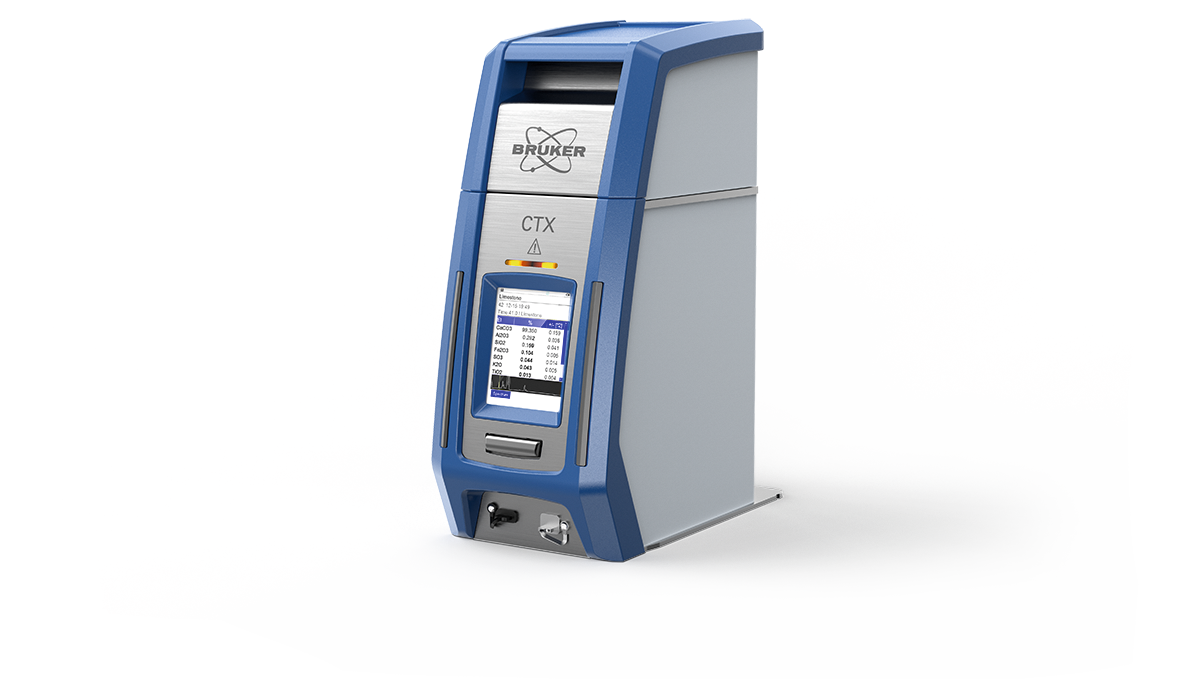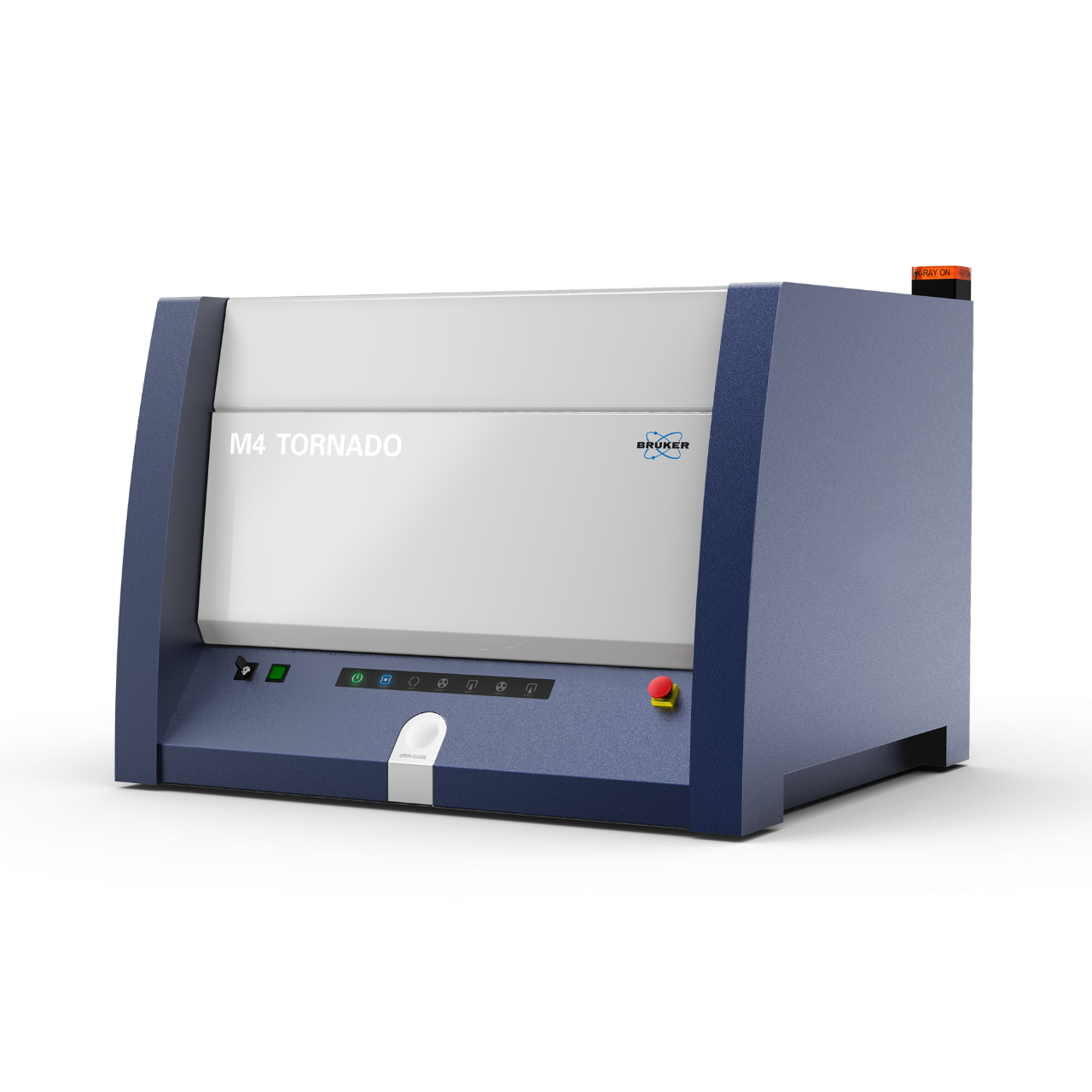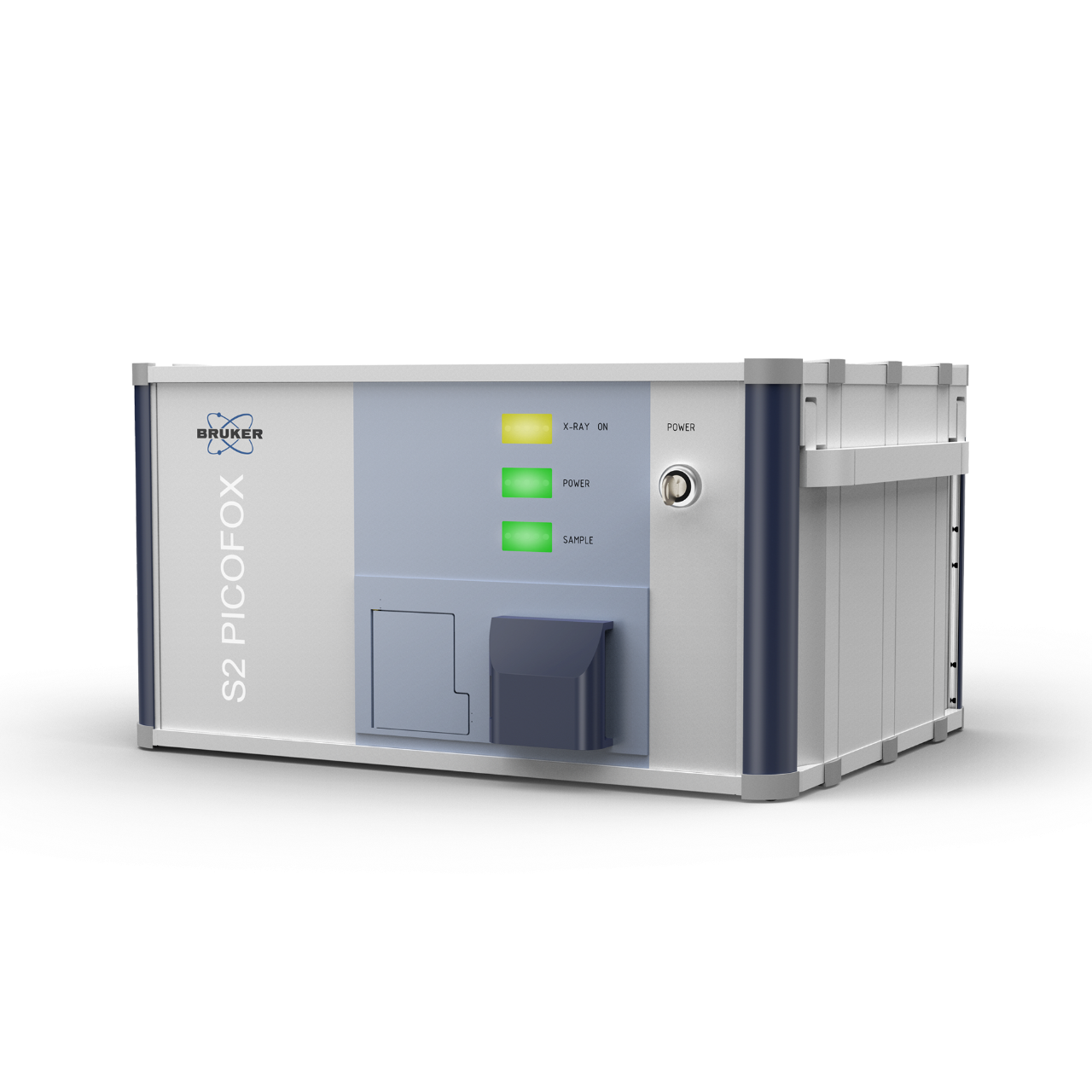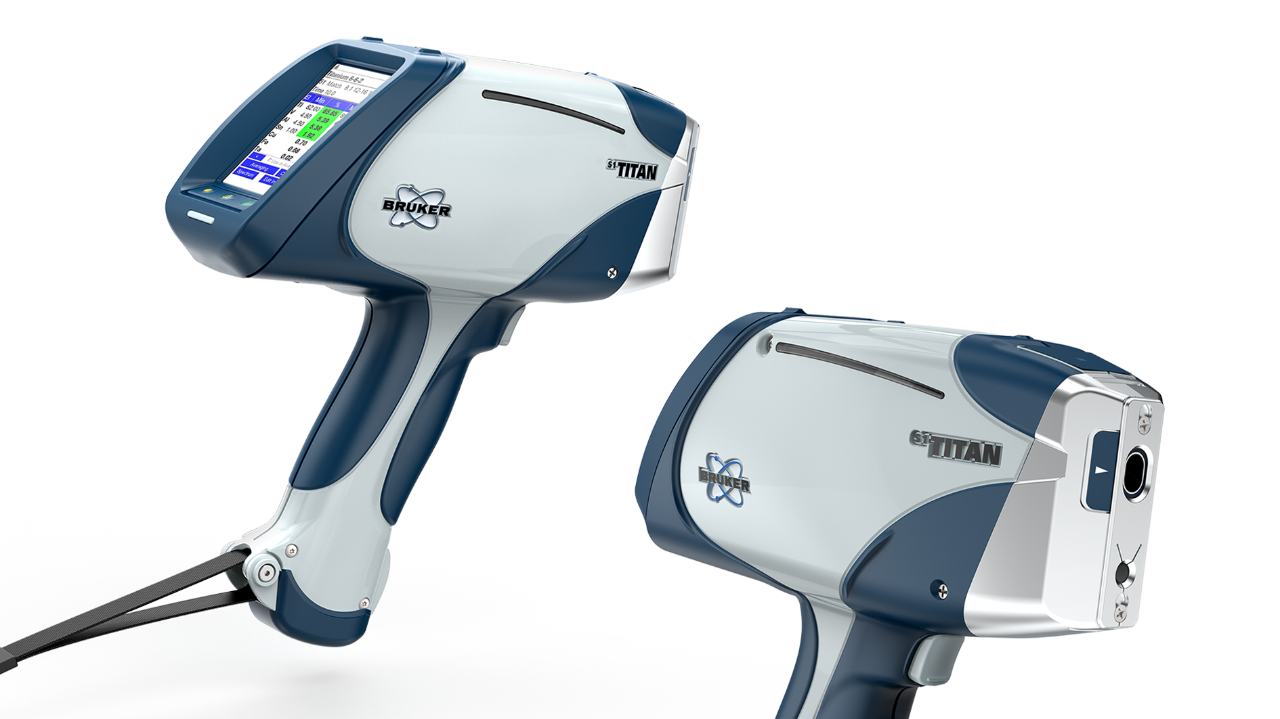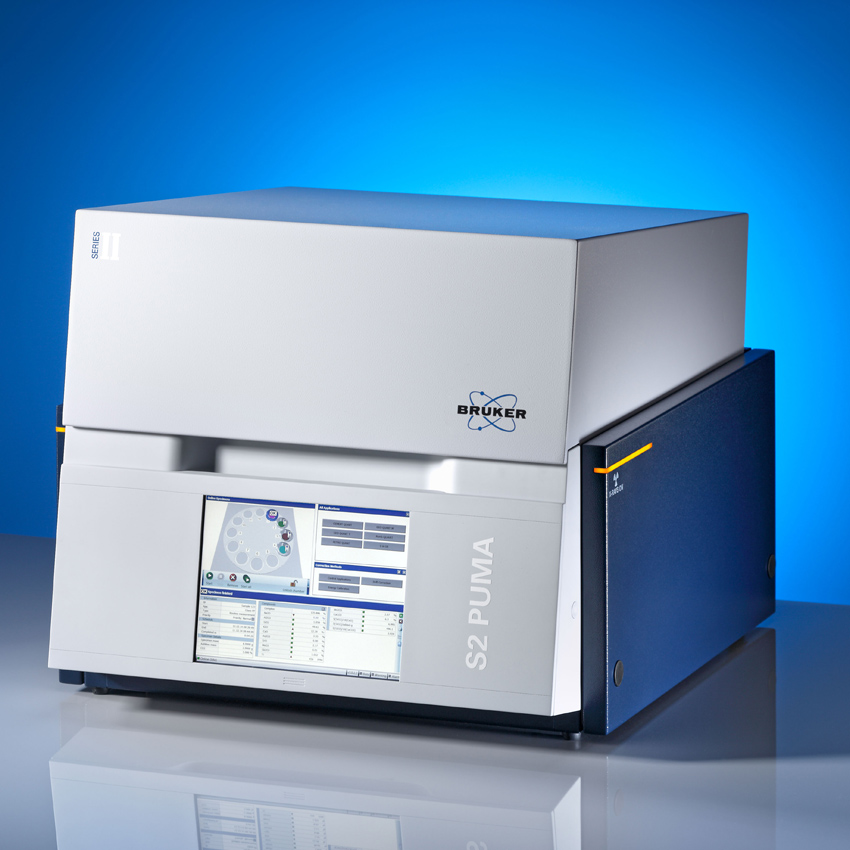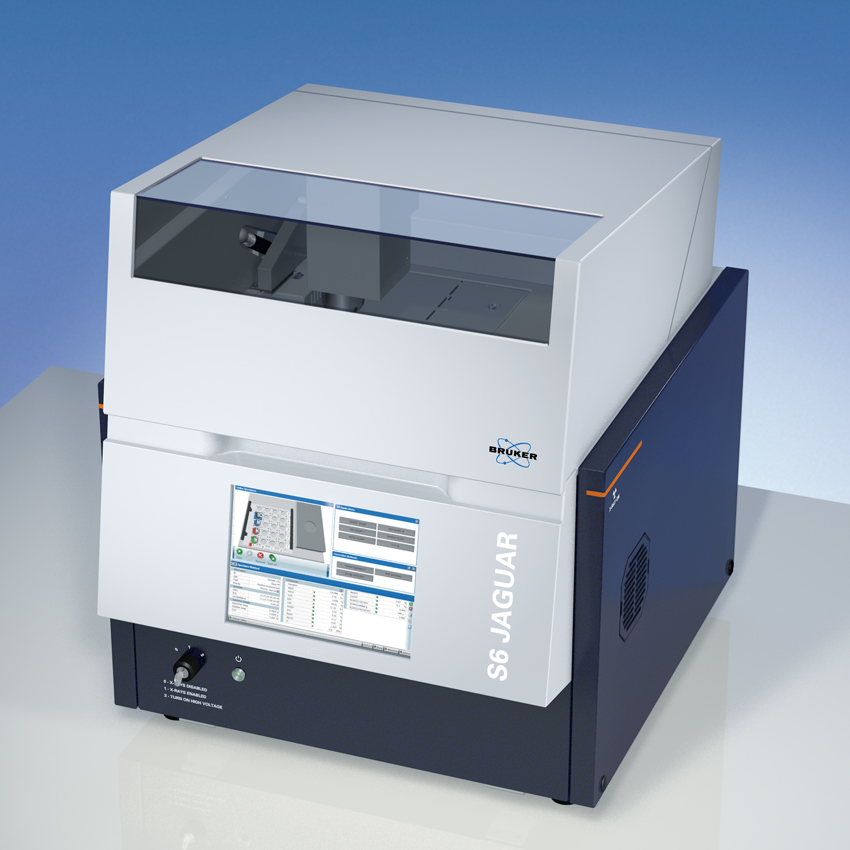

Heavy Metals & Elemental Analysis of Food Products
Analysis of Heavy Metals & other Elements in Food Products
Safe food is of primary concern to everyone. The recent prevalence of contaminants and adulterated, counterfeit or fraudulent food has led to an increase in public awareness and government regulations. Although newsworthy cases highlight contaminants at high levels, even low concentration levels can be dangerous such as arsenic (As) in baby food or selenium (Se) in solid and liquid supplements.
No food manufacturer wants heavy metals or other dangerous elements to end up in their products. However, they can enter production through intentional or incidental adulterants, such as lead (Pb) and chromium (Cr) in colorants or arsenic (As) and bromine (Br) from pesticides. It’s important to ensure these contaminants are not present at any stage of food production.
XRF provides fast, nondestructive elemental analysis of food, from starting materials to end products, as liquids, powders, solids and tissues. Our XRF analyzer portfolio includes high-throughput lab-based ED-XRF and WD-XRF, point-and-shoot handheld XRF, micro-XRF, and ultra-trace analysis TXRF spectrometers.
Heavy Metal Screening during Food Production with Handheld XRF
Handheld XRF can be used to screen for heavy metals during the food production process – whether to assess the level of metals present in raw ingredients or in finished foodstuffs prior to packaging – allowing producers to ensure their product is safe for consumers.
The portable nature of handheld XRF systems means they can be used to screen foodstuffs during the production process with only limited sample preparation required, allowing production to take place continuously, which saves time and increases efficiency. Bruker’s portable and handheld XRF devices can be calibrated especially for the detection of low levels of heavy metals such as mercury, lead, arsenic, and cadmium for food safety control, and can be configured for non-expert use with simple pass or fail tests – helping ensure that food products meet the required standards to designate them as safe for consumption.
High-Throughput Screening of Foodstuffs with Benchtop XRF
Benchtop XRF spectrometers provide food manufacturers with rapid, non‑destructive elemental screening of raw ingredients, in‑process samples, and finished goods. The high-sensitivity of XRF facilitates screening for heavy metals (e.g., As, Cd, Pb, Hg), verifying mineral fortification, and monitoring process-related elements.
The S2 PUMA XRF spectrometer can handle solid or liquid samples, meaning oils, grains, powders and bulk foods can be analyzed. High-throughput analysis is also made possible by automated sample handling, a loading tray for 20 samples, and short measurement times, even for light elements. This fast, automated analysis supports continuous food quality and process control, enabling timely adjustments in production processes and food products of a higher quality.
Related Videos
How to use handheld and portable XRF (HH-XRF , pXRF) to to identify physical contamination in food products
How to use XRF spectral fingerprinting to ID physical contamination in food products
